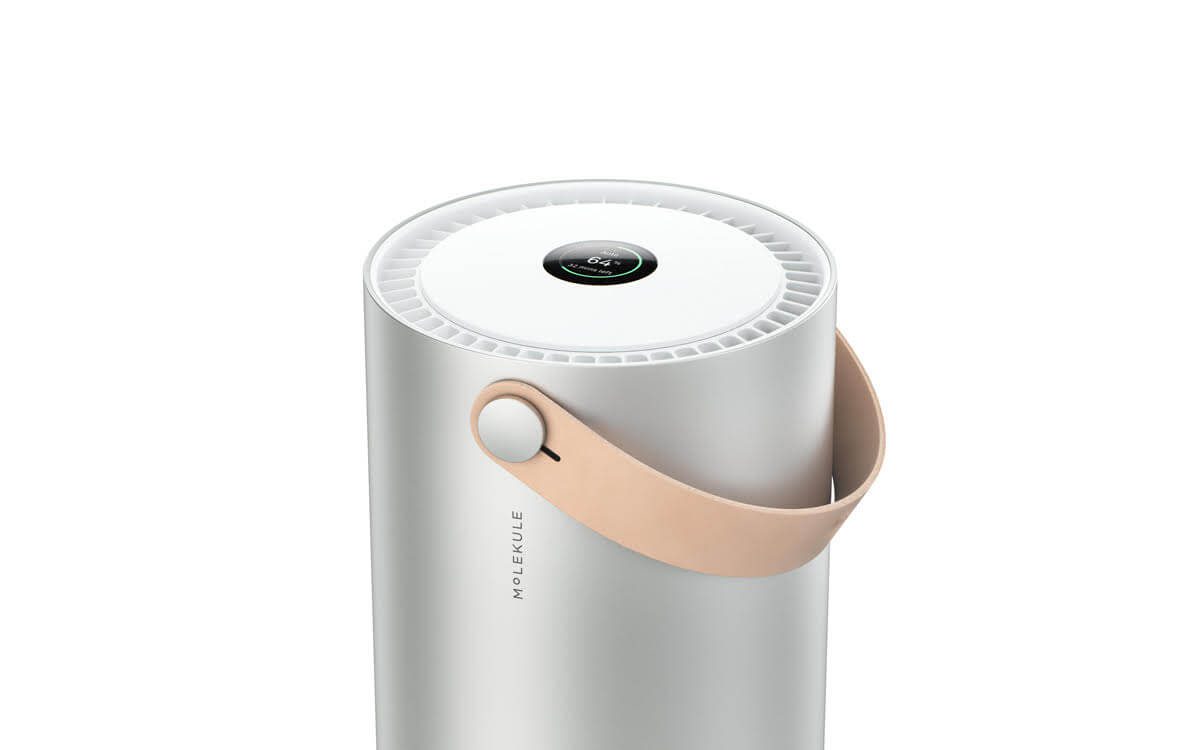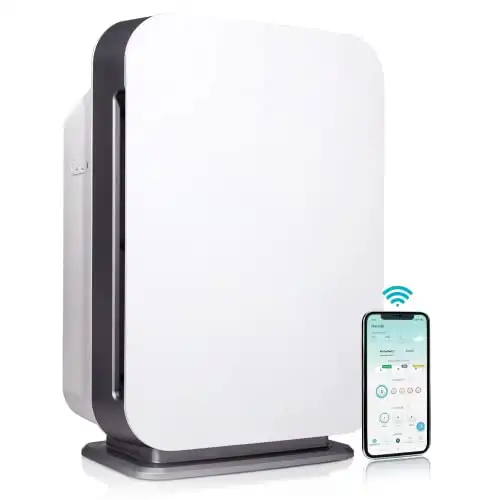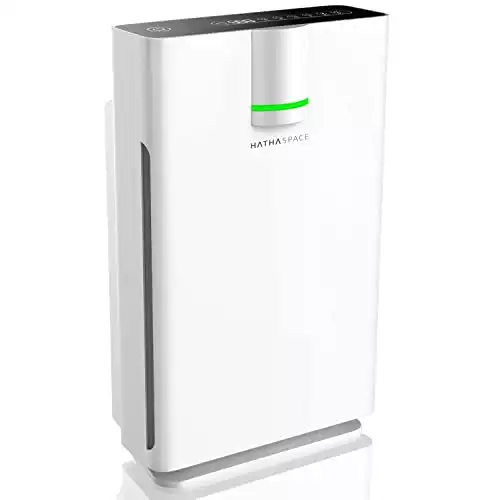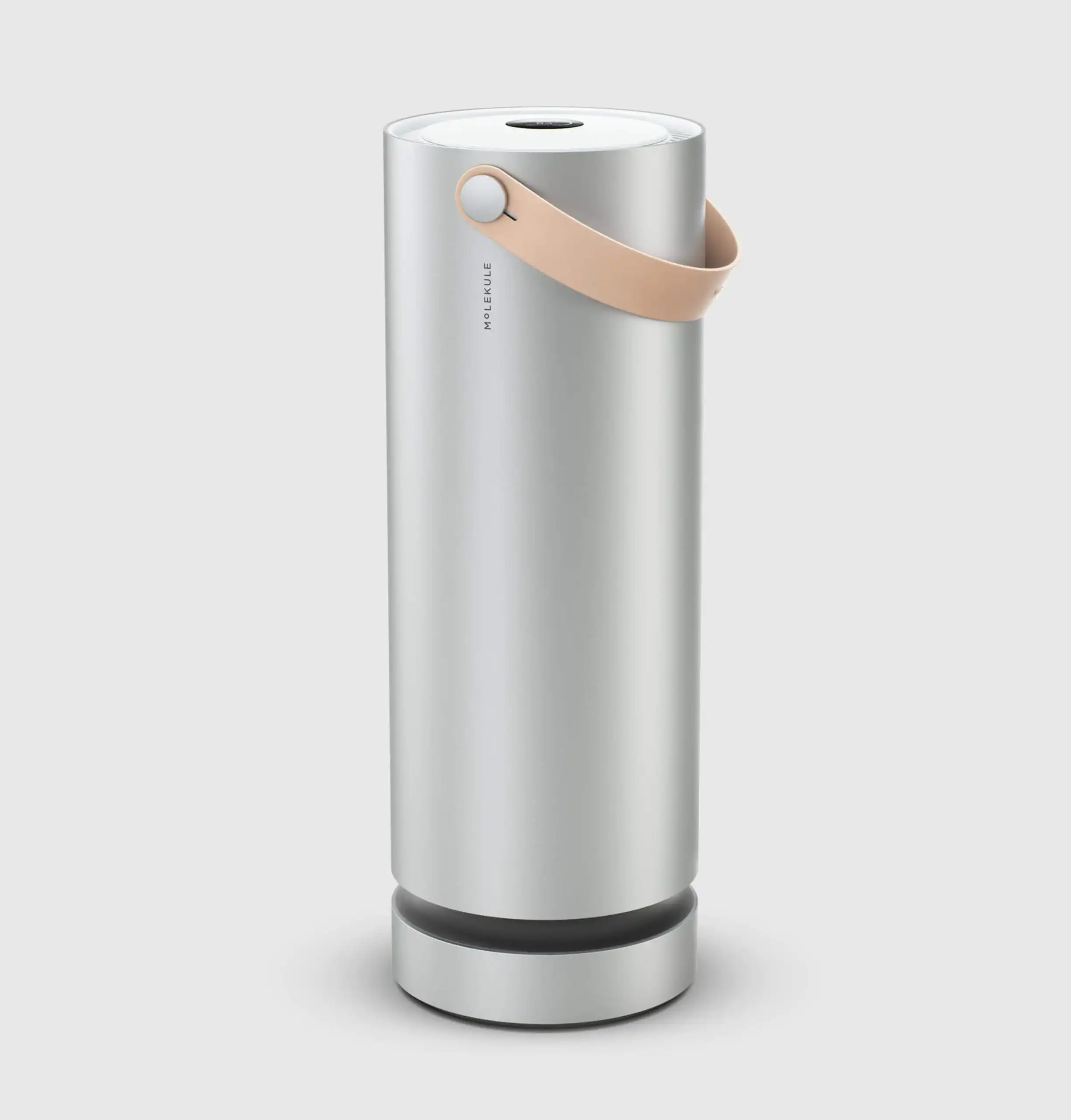Air Purifier Reviews
Air purifiers have emerged as essential appliances in modern households, playing a crucial role in maintaining indoor air quality. These innovative devices harness advanced technologies to filter out contaminants, ensuring that the air we breathe is fresh and clean. With concerns about pollution and airborne diseases on the rise, understanding the benefits of air purifiers becomes paramount.
The primary function of an air purifier is to remove harmful particles from the air, such as dust, pollen, pet dander, mold spores, and even certain volatile organic compounds (VOCs). These particles can cause respiratory issues, allergies, and other health problems when inhaled regularly. By capturing and trapping these contaminants, air purifiers help create a healthier indoor environment.
One of the key advantages of air purifiers is their ability to improve indoor air quality. Indoor spaces can harbor a range of pollutants, including allergens, bacteria, viruses, and pollutants from external sources like traffic or industrial emissions. Air purifiers employ various filtration technologies such as High-Efficiency Particulate Air (HEPA) filters, activated carbon filters, and ultraviolet germicidal irradiation (UVGI) to effectively trap and neutralize these pollutants. As a result, the air inside your home or office becomes cleaner and safer to breathe.
By reducing airborne particles and contaminants, air purifiers offer several health benefits. Individuals suffering from allergies or asthma often experience relief from symptoms when using air purifiers, as these devices help remove allergens and irritants from the air. Moreover, air purifiers can minimize the spread of airborne diseases by capturing and neutralizing bacteria and viruses, promoting a healthier environment for everyone.
Another advantage of air purifiers is their ability to eliminate unpleasant odors. Whether it’s the lingering smell of cooking, pet odors, or stale indoor air, these purifiers effectively combat odors by incorporating activated carbon filters. These filters adsorb and neutralize odor-causing molecules, leaving the air fresh and revitalizing your living space.
Furthermore, air purifiers contribute to better sleep quality. During sleep, individuals are often exposed to indoor pollutants for prolonged periods, which can affect respiratory health and disrupt sleep patterns. By eliminating these pollutants, air purifiers create a cleaner and more peaceful environment, facilitating a restful night’s sleep.
In addition to their health benefits, air purifiers are also environmentally friendly. They help reduce the consumption of disposable air filters and minimize the need for harsh chemicals or sprays to combat odors. By purifying the air naturally, these devices promote sustainability and contribute to a greener future.
In conclusion, air purifiers have become indispensable appliances in maintaining healthy indoor environments. With their ability to remove airborne particles, neutralize odors, and minimize the spread of diseases, these devices offer a range of benefits. By investing in an air purifier, you can create a cleaner, safer, and more comfortable living space for you and your loved ones, enhancing both your physical health and overall well-being.
Benefits of Regularly Using an Air Purifier
Using an air purifier regularly can potentially lead to several health improvements, including:
Reduced allergy and asthma symptoms: Air purifiers can help to remove allergens and pollutants from the air, which can reduce allergy and asthma symptoms such as sneezing, coughing, and congestion.
Improved respiratory health: Air purifiers can help to remove harmful particles from the air, such as dust, pollen, and pet dander, which can improve respiratory health and reduce the risk of respiratory infections.
Better sleep: Air purifiers can help to remove dust mites and other allergens from the bedroom, which can improve sleep quality.
Reduced risk of cardiovascular problems: Air purifiers can help to remove fine particulate matter (PM2.5) from the air, which has been linked to cardiovascular problems such as heart disease and stroke.
Enhanced cognitive function: Studies have shown that air pollution can have a negative impact on cognitive function, including memory and attention. Air purifiers can help to reduce air pollution and improve cognitive function.
Reduced stress levels: Some studies have shown that air purifiers can help to reduce stress levels. This is likely due to the fact that air purifiers can remove harmful pollutants from the air, which can improve mood and reduce anxiety.
It is important to note that the health benefits of using an air purifier will vary depending on the individual and the severity of their allergies or asthma. However, air purifiers can be a helpful tool for improving indoor air quality and reducing the risk of health problems.
Here are some additional tips for using an air purifier for optimal health benefits:
Choose the right air purifier for your needs: There are many different types of air purifiers available on the market, so it is important to choose one that is right for your needs. Consider the size of the room you want to purify, the type of pollutants you want to remove, and your budget.
Place the air purifier in the right spot: Air purifiers are most effective when they are placed in a central location in the room. You should also avoid placing the air purifier near vents or windows, as this can reduce its effectiveness.
Replace the filters regularly: Air filters can become clogged with dust and other pollutants over time, so it is important to replace them regularly according to the manufacturer’s instructions.
Keep your home clean: Air purifiers cannot remove all pollutants from the air, so it is important to keep your home clean by vacuuming, dusting, and mopping regularly.
What to Look for in an Air Purifier
High-Efficiency Particulate Air (HEPA) Filters: The best air purifiers feature HEPA filters, capable of capturing up to 99.97% of airborne particles as small as 0.3 microns. These filters effectively remove allergens, dust, pollen, pet dander, and even some bacteria and viruses, ensuring cleaner air.
Activated Carbon Filters: To combat odors and remove volatile organic compounds (VOCs), top-notch air purifiers incorporate activated carbon filters. These filters have a porous surface that absorbs and traps odor-causing molecules, leaving the air fresh and odor-free.
Pre-Filters: Pre-filters play a crucial role in extending the lifespan of HEPA filters by capturing larger particles such as dust, hair, and pet fur. They help maintain the efficiency of the primary filter and are often washable or replaceable, offering cost-effective maintenance.
Multiple Filtration Stages: The best air purifiers employ multiple filtration stages, combining different technologies to provide comprehensive air purification. This can include pre-filters, HEPA filters, activated carbon filters, and even additional features like ionizers or ultraviolet (UV) light sterilization.
Coverage Area: Consider the size of the room or space where the air purifier will be used. The best models are designed to effectively purify the air within a specific coverage area, ensuring optimal performance.
CADR (Clean Air Delivery Rate): CADR is a measure of an air purifier’s efficiency in removing specific airborne pollutants. Look for air purifiers with higher CADR ratings, as they indicate faster and more effective purification.
Adjustable Fan Speeds: Air purifiers with adjustable fan speeds allow you to customize the airflow based on your needs. Higher speeds are ideal for quick purification, while lower speeds provide quiet operation during sleep or relaxation.
Smart Features: Some advanced air purifiers offer smart features like Wi-Fi connectivity, smartphone apps, and voice control compatibility. These features allow you to monitor and control the purifier remotely, adjust settings, and receive filter replacement alerts.
Noise Levels: Consider the noise level produced by the air purifier, especially if you plan to use it in bedrooms or quiet spaces. Look for models with low noise ratings, ensuring a peaceful environment while the purifier operates.
Energy Efficiency: Energy-efficient air purifiers help save electricity and reduce environmental impact. Look for models with Energy Star certification or energy-saving modes, which can lower power consumption without compromising performance.
Filter Replacement Indicator: An indicator that alerts you when it’s time to replace the filters is a convenient feature. It ensures that the air purifier continues to operate at its optimal efficiency, maintaining clean air quality.
Warranty and Customer Support: Consider the warranty period offered by the manufacturer, as it reflects their confidence in the product’s quality. Additionally, reliable customer support is crucial for any queries or assistance you may need regarding the air purifier.
When selecting an air purifier, considering these features can help you identify the best options available, ensuring efficient and effective air purification for your specific needs.
Our Top Air Purifier Picks
|
||
|
||
|
||
|
||
|
||
|
Here is a list of air purifier brands and the smallest particles they can filter:
| Brand | Smallest Particle Size |
|---|---|
| AirDoctor | 0.003 microns |
| Austin Air | 0.1 microns |
| Blueair | 0.3 microns |
| Coway | 0.3 microns |
| Dyson | 0.3 microns |
| Germ Guardian | 0.3 microns |
| Honeywell | 0.3 microns |
| IQAir | 0.003 microns |
| Medify Air | 0.3 microns |
| Winix | 0.3 microns |
Please note that these are just general guidelines, and the actual performance of an air purifier may vary depending on the specific model and the conditions of use. It is always a good idea to check the manufacturer’s specifications for more information.
Here is a more detailed breakdown of the different particle sizes and how they can affect your health:
- 0.3 microns: This is the standard size for a HEPA filter, and it is effective at removing dust, pollen, mold spores, and other airborne particles that can trigger allergies and respiratory problems.
- 0.1 microns: This is a smaller particle size that is effective at removing viruses, bacteria, and other pathogens.
- 0.03 microns: This is an even smaller particle size that is effective at removing ultrafine particles, which can be harmful to your lungs.
- 0.003 microns: This is the smallest particle size that is typically filtered by air purifiers, and it is effective at removing even the most minuscule particles from the air.
Here is a list of air purifier brands from least to most expensive:
| Rank | Brand |
|---|---|
| 1 | Levoit |
| 2 | Coway |
| 3 | Blueair |
| 4 | Honeywell |
| 5 | AeraMax |
| 6 | IQAir |
| 7 | Dyson |
| 8 | Molekule |
This list is based on the average price of air purifiers from each brand. The prices can vary depending on the specific model and features of the air purifier.
Here is a more detailed list of air purifier brands and their average price range:
| Brand | Average Price Range |
|---|---|
| Levoit | $100 – $300 |
| Coway | $150 – $400 |
| Blueair | $200 – $500 |
| Honeywell | $150 – $350 |
| AeraMax | $200 – $450 |
| IQAir | $400 – $1,000 |
| Dyson | $500 – $1,500 |
| Molekule | $800 – $1,500 |
Air Purifiers and Sleep Quality
There is a growing body of evidence that suggests that air purifiers can improve sleep quality. Studies have shown that air purifiers can:
- Reduce allergy and asthma symptoms, which can lead to restless sleep.
- Remove harmful pollutants from the air, such as dust, pollen, and pet dander, which can also disrupt sleep.
- Improve indoor air quality, which can make it easier to fall asleep and stay asleep.
One study, published in the journal Environmental Health Perspectives, found that using an air purifier in the bedroom for one week led to significant improvements in sleep quality for people with allergies. The study participants reported that they fell asleep more quickly, slept more soundly, and felt more rested after using the air purifier.
Another study, published in the journal Sleep, found that using an air purifier in the bedroom for one month led to a reduction in the amount of time that people spent awake during the night. The study participants also reported that they felt more rested after using the air purifier.
While more research is needed to confirm the link between air purifiers and sleep quality, the existing evidence suggests that air purifiers can be a helpful tool for improving sleep. If you are looking for ways to improve your sleep, using an air purifier may be worth considering.
Here are some additional tips for using an air purifier to improve sleep quality:
- Choose an air purifier with a HEPA filter, which is the most effective type of filter for removing airborne pollutants.
- Place the air purifier in the bedroom near the bed.
- Use the air purifier on the lowest setting that is effective at removing pollutants.
- Keep the bedroom door closed at night to prevent pollutants from entering the room.
-
Sale!

- Select options This product has multiple variants. The options may be chosen on the product page
$179.00 – $224.00 -
Sale!
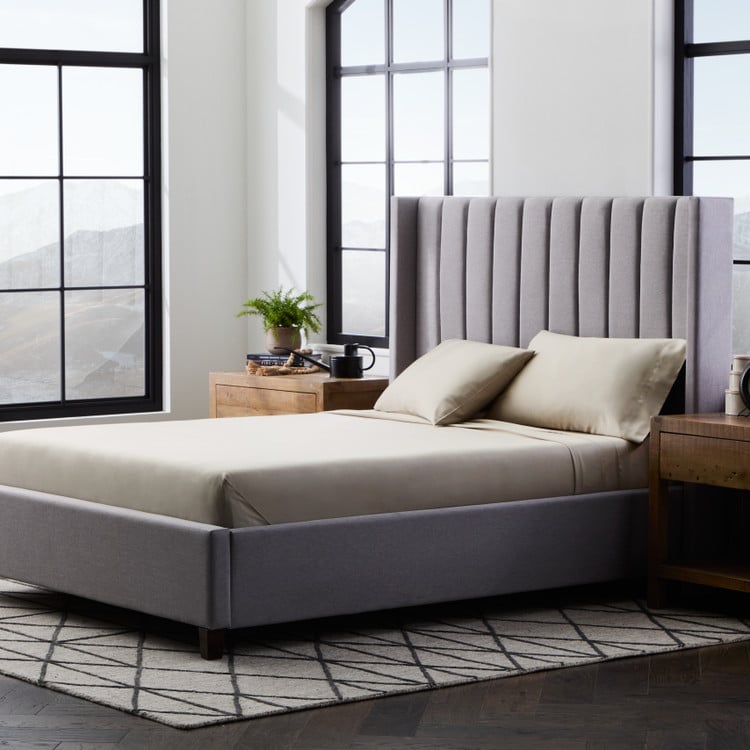
- Select options This product has multiple variants. The options may be chosen on the product page
$149.00 – $179.00 -
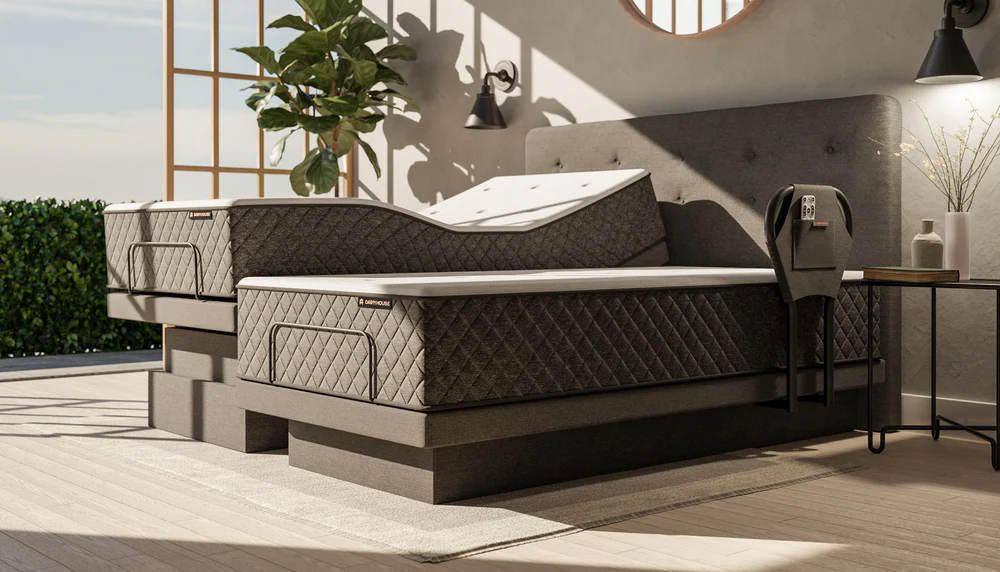
- Select options This product has multiple variants. The options may be chosen on the product page
$429.00 – $499.00

